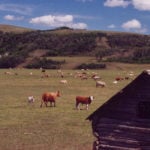With the arrival of summer when animals become more exposed to ultraviolet light, cases of photosensitization can occur. In ruminants (cattle, sheep and goats), many causes can be caused by ingestion of certain plant species. As well, infectious causes such as liver flukes or leptospirosis can spark cases. The bottom line is that liver damage […] Read more
Stories by Roy Lewis, DVM
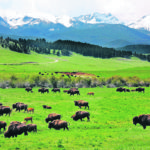
Bison health concerns have pretty short list
Lots of comparisons can be made between raising bison and cattle. Some things are easier, some things are harder. But every year, I hear of new issues in the bison herds, involving animal deaths, loss of productivity or reproductive failures. One very good thing about the bison industry is it is a close-knit group of […] Read more
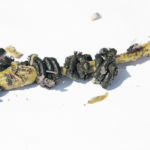
Parasite prevention vital as dewormer efficiency fades
In the past, most pour-on products were primarily targeted at lice but for about the past eight years, the efficacy of pour-on dewormers on internal parasites has diminished. This means that after a fall treatment, the internal parasites emerge in spring, excreting lots of worm eggs. This then carries onto the pasture season and pastures […] Read more
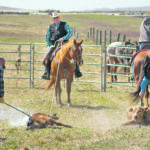
Major changes needed to process calves amid COVID-19
Spring processing is here, when larger groups of cattle producers sometimes gather to process the calves. This year, major changes are needed. I think some changes will become the new normal in the cattle industry and some will benefit us in other ways. Livestock producers are among the most knowledgeable when it comes to biosecurity […] Read more
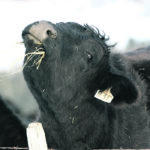
Calcium most obvious option for pregnant downer cows
Many cows that go down close to calving are low in calcium or phosphorus, or both, and magnesium can play a role as well. When colostrum is being formed, there is a large draw of calcium into the udder and this becomes the main cause of the deficiency. To compound the problem, some cows don’t […] Read more
What to look for in a veterinary professional
Veterinarians, animal nutritionists, hoof trimmers, food-safety specialists and regulatory experts all play roles in looking after livestock herds. Within each of these areas, several characteristics will show themselves to be more valuable. For starters, producers should look for professionals with whom they share a similar mindset. Those with a perceived vested interest in the operation […] Read more
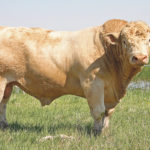
Move to early sales may force producers to recheck bulls
Purebred bull sales in all breeds appear to be getting earlier and earlier, some even happening in December. This is months before many cattle producers are going to use them in their breeding programs. It sometimes creates difficulty for veterinarians to get the bulls’ semen evaluated ahead of time. Sellers and buyers of these bulls […] Read more
Here are management tips that can help prevent scours
Scours is the leading killer of calves younger than two months. It can be caused by many factors, and many different management strategies are necessary to prevent it. These points will help prevent the buildup of infectious organisms and increase resistance in your calves. By increasing resistance and decreasing exposure to scours-causing organisms, the chances […] Read more
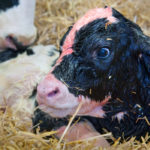
Proper tubing of young calves should be top priority
Tubing a young calf with colostrum, colostrum substitute, electrolytes or for other reasons can be common on cow-calf operations. The procedure must be properly done, keeping in mind biosecurity and that important pledge from the Hippocratic Oath: First, do no harm. This article will outline proper procedures for tubing as well as some treatment parameters […] Read more
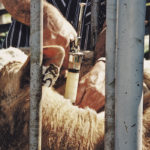
Clostridial disease requires comprehensive vaccination
All cattle operations, dairy and beef, should have clostridial protection in the farm’s protocols. Calves ideally should receive their first clostridial shot after colostral immunity has waned, usually at about three months old. The herd will vary in age because of the length of calving season but producers should vaccinate all animals during spring processing, […] Read more

